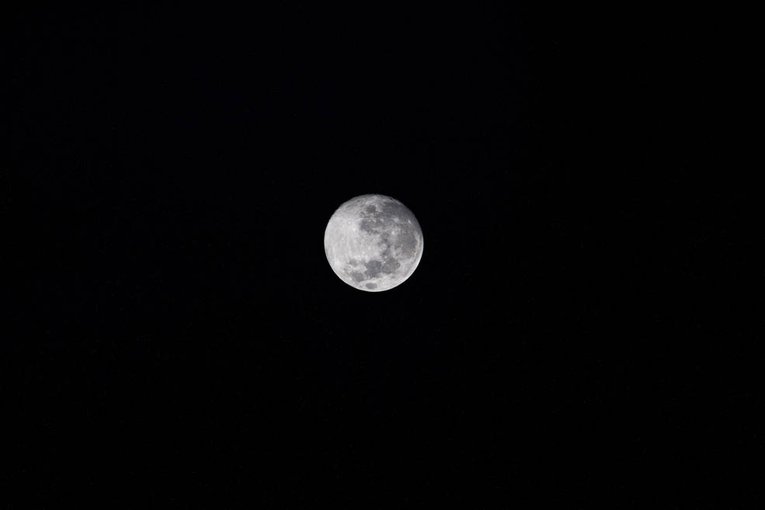
Dec. 22, 2022
Research Highlight
Meteorites Provide Insight into the Materials of Terrestrial Planets

Artist concept of the early Earth. Meteorites could have delivered materials to the early Earth that contributed to our planet's habitability.Image credit: NASA's Goddard Space Flight Center Conceptual Image Lab.
NASA-supported scientists have revealed new information about the early history of the Solar System, including the formation of rocky planets like Earth, by studying a class of stony meteorites known as Angrites.
Angrites are a rare group of meteorites that are named for the Angra dos Reis meteorite that fell in Brazil in 1869. These meteorites formed early in the Solar System’s history and, with an estimated age of 4.56 billion years, they are the oldest known igneous rocks. Initially, only a small number of angrite samples were available. Because of the small sample size, researchers struggled to identify their parent body (the original asteroid, comet, or other source from which the small meteorite pieces came from). Studying ancient bodies like this can help astrobiologists piece together how the planets in our system formed, and the conditions that could have helped Earth become habitable for life as we know it. For instance, previous studies have suggested that the parent body of the angrites could have delivered important materials like water to the early Earth.

The meteorites known as angrites could have come from a parent body that was as large as the Moon.Image credit: NASA.
Since the meteorite fall of 1869, more and more samples of angrites have been discovered. Recently, scientists performed a new study on this growing group of samples and uncovered key features of the parent body, including its size and what it was made of. The results suggest that the angrites came from a body that could have been as large as the Moon, and that was made of material that condensed at very high temperatures (up to 1400 degrees Kelvin or 2060.33 degrees Fahrenheit).
The research team believes that the angrite parent body was part of the first generation of planetesimals and planetary embryos in the Solar System. This object formed closer to the Sun than the Earth’s orbit, and was made of the same material that eventually formed the terrestrial planets we know today.
The study, “The case for the angrite parent body as the archetypal first-generation planetesimal: Large, reduced and Mg-enriched,” was published in the journal Science.
Related Links:
Meteorites Brought Water To Earth During the First Two Million Years